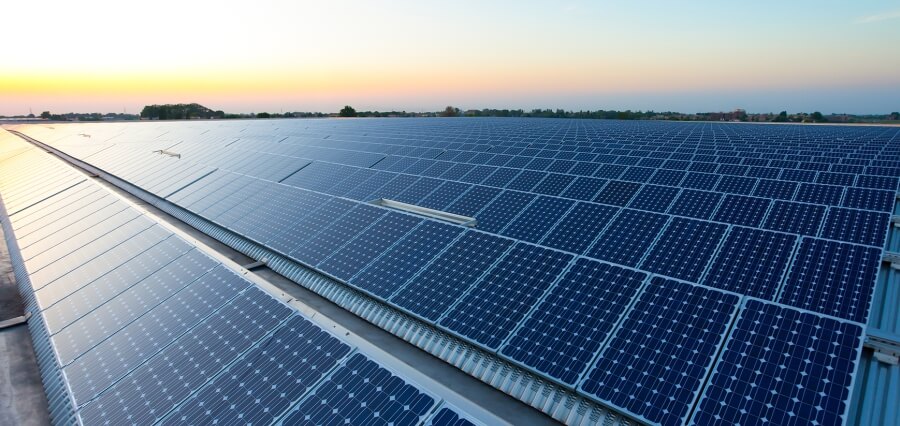The Future of Renewable Energy
As we stand at the crossroads of energy production, the future is becoming increasingly reliant on sustainable and renewable sources. Solar power technologies have emerged as a shining beacon in the global quest for clean energy solutions.
The Solar Revolution
Solar energy, harnessed from the sun’s radiant light and heat, has seen remarkable advancements over the past few decades. The growth of the solar industry has been astronomical, and it continues to gain momentum. One of the most remarkable aspects of solar power is that it is an abundant, clean, and renewable source of energy.
Solar Power Technologies
There are several key solar power technologies that play a crucial role in harnessing the sun’s energy:
- Photovoltaic (PV) Cells:
Photovoltaic cells, commonly known as solar panels, are one of the most widely recognized solar power technologies. These cells convert sunlight directly into electricity through a process that doesn’t involve any emissions. The ability to install PV panels on rooftops or in solar farms makes them accessible and versatile.
- Concentrated Solar Power (CSP):
Concentrated Solar Power technology uses mirrors and lenses to focus sunlight onto a small area, generating high-temperature heat. This heat is then used to produce electricity through turbines or other heat-based systems. CSP is particularly effective in areas with abundant sunshine.
- Thin-Film Solar Cells:
Thin-film solar cells are flexible and lightweight, allowing for innovative applications like solar-integrated windows and solar-powered clothing. While less efficient than traditional PV cells, they have great potential for unique and diverse uses
- Solar Thermal Systems:
Solar thermal systems utilize sunlight to heat a fluid or material, which can then be used for space heating, water heating, or electricity generation. These systems can provide cost-effective solutions for residential and industrial applications.
Positive Environmental Impact
The widespread adoption of solar power technologies brings numerous benefits for our environment and society:
Reducing Greenhouse Gas Emissions: Solar power significantly reduces greenhouse gas emissions, as it doesn’t rely on fossil fuels. This transition to clean energy sources is pivotal in addressing climate change and improving air quality.
Energy Independence: Solar power contributes to energy independence by reducing reliance on non-renewable resources and imported fossil fuels. This helps stabilize energy prices and enhances national security.
Job Creation: The solar industry has become a major source of employment, offering job opportunities in manufacturing, installation, maintenance, and research and development. As the industry grows, so does the workforce.
Lower Operating Costs: Once installed, solar power systems have minimal operating costs. The initial investment may be significant, but the long-term savings on energy bills make solar energy an economically viable option for homeowners and businesses.
Technological Advancements: As the demand for solar power increases, it spurs innovation and technological advancements in the field. This leads to improved efficiency, cost reductions, and more practical applications.
Grid Stabilization: Distributed solar power generation can enhance the stability of the electrical grid by reducing strain during peak demand periods and providing backup power during outages.
Sustainable Land Use: Solar farms can be established on land that is often unsuitable for other purposes, minimizing the impact on natural habitats and ecosystems.
Challenges and Solutions
While solar power technologies have numerous advantages, they also face challenges that need to be addressed:
Energy Storage: Solar power generation is intermittent, depending on sunlight availability. Energy storage solutions, such as batteries, are crucial for ensuring a consistent and reliable energy supply.
Land Use: The land required for large-scale solar farms can sometimes raise concerns about habitat disruption and land use conflicts. Proper site selection and sustainable land management can mitigate these issues.
Cost and Affordability: The initial cost of solar installations can be a barrier for some. However, government incentives, tax credits, and falling technology costs are making solar power more accessible and affordable.
Environmental Footprint: The production and disposal of solar panels have environmental impacts. Efforts are being made to develop more sustainable manufacturing processes and recycling programs for end-of-life solar panels.
Conclusion
The future of renewable energy looks brighter than ever, with solar power technologies playing a pivotal role in the transition to a more sustainable world. As the industry continues to grow and innovate, the positive environmental impact of solar energy is undeniable. From reducing greenhouse gas emissions to creating jobs and improving energy independence, the benefits of solar power are substantial.
As we move forward, addressing challenges related to energy storage, land use, and affordability will be critical to ensuring a smooth transition to a more sustainable energy landscape. With continued research and development, the solar power industry is set to become an even more integral part of the global energy mix, bringing us closer to a cleaner and more sustainable future for all.








